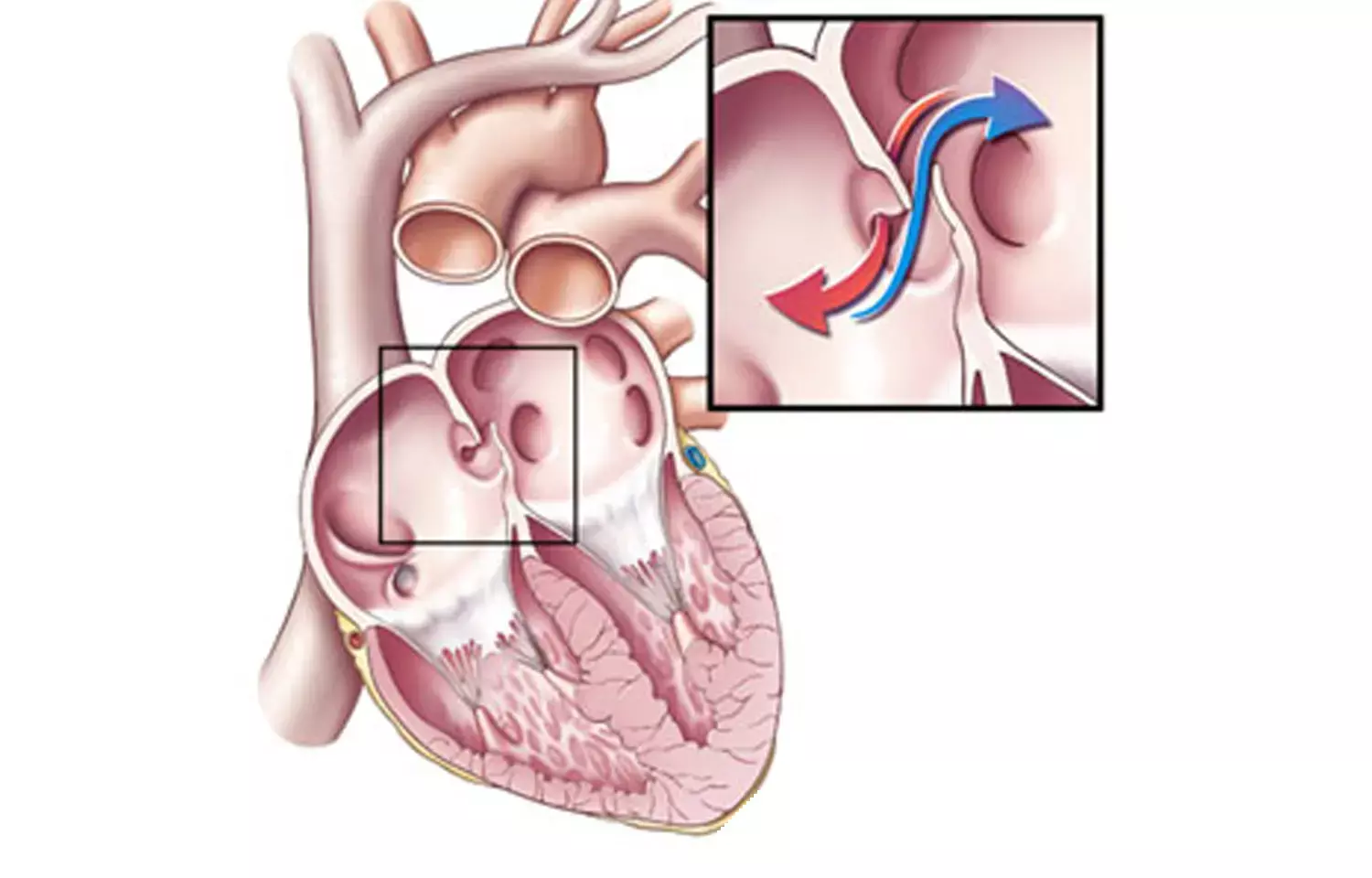- Home
- Medical news & Guidelines
- Anesthesiology
- Cardiology and CTVS
- Critical Care
- Dentistry
- Dermatology
- Diabetes and Endocrinology
- ENT
- Gastroenterology
- Medicine
- Nephrology
- Neurology
- Obstretics-Gynaecology
- Oncology
- Ophthalmology
- Orthopaedics
- Pediatrics-Neonatology
- Psychiatry
- Pulmonology
- Radiology
- Surgery
- Urology
- Laboratory Medicine
- Diet
- Nursing
- Paramedical
- Physiotherapy
- Health news
- Fact Check
- Bone Health Fact Check
- Brain Health Fact Check
- Cancer Related Fact Check
- Child Care Fact Check
- Dental and oral health fact check
- Diabetes and metabolic health fact check
- Diet and Nutrition Fact Check
- Eye and ENT Care Fact Check
- Fitness fact check
- Gut health fact check
- Heart health fact check
- Kidney health fact check
- Medical education fact check
- Men's health fact check
- Respiratory fact check
- Skin and hair care fact check
- Vaccine and Immunization fact check
- Women's health fact check
- AYUSH
- State News
- Andaman and Nicobar Islands
- Andhra Pradesh
- Arunachal Pradesh
- Assam
- Bihar
- Chandigarh
- Chattisgarh
- Dadra and Nagar Haveli
- Daman and Diu
- Delhi
- Goa
- Gujarat
- Haryana
- Himachal Pradesh
- Jammu & Kashmir
- Jharkhand
- Karnataka
- Kerala
- Ladakh
- Lakshadweep
- Madhya Pradesh
- Maharashtra
- Manipur
- Meghalaya
- Mizoram
- Nagaland
- Odisha
- Puducherry
- Punjab
- Rajasthan
- Sikkim
- Tamil Nadu
- Telangana
- Tripura
- Uttar Pradesh
- Uttrakhand
- West Bengal
- Medical Education
- Industry
Management of patent foramen ovale in patients with stroke history: AAN Guideline

USA: The American Academy of Neurology (AAN) has released an updated guideline on the management of patients with a patent foramen ovale (PFO) with a history of stroke or TIA. The guideline, published in the journal JAMA, updates previous guidelines, incorporating recent data on the effect of PFO closure and antithrombotic and antiplatelet therapy on stroke risk.
Key recommendations include:
- In patients being considered for PFO closure, clinicians should ensure that an appropriately thorough evaluation has been performed to rule out alternative mechanisms of stroke, as was performed in all positive PFO closure trials.
- In patients being considered for PFO closure, clinicians should obtain brain imaging to confirm stroke size and distribution, assessing for an embolic pattern or a lacunar infarct (typically involving a single deep perforator, <1.5 cm in diameter).
- In patients being considered for PFO closure, clinicians should obtain complete vascular imaging (MRA or CTA) of the cervical and intracranial vessels to look for dissection, vasculopathy, and atherosclerosis.
- In patients being considered for PFO closure, clinicians must perform a baseline ECG to look for atrial fibrillation.
- Select patients being considered for PFO closure thought to be at risk of atrial fibrillation should receive prolonged cardiac monitoring for at least 28 days (level B). Risk factors for atrial fibrillation include age ≥50 years, hypertension, obesity, sleep apnea, enlarged left atrium, elevated NT-proBNP, frequent premature atrial contractions, and increased P-wave dispersion. Recently published guidelines from the American Heart Association, American College of Cardiology, and Heart Rhythm Society recommend prolonged ECG monitoring following cryptogenic stroke for patients older than 40 years, although more research is needed to define the yield in unselected young patients and in patients with PFO.
- In patients being considered for PFO closure, clinicians should assess for cardioembolic sources using TTE followed by TEE assessment if the first study does not identify a high-risk stroke mechanism. Studies should use bubble contrast, with and without Valsalva maneuver, to assess for right-to-left shunt and determine degree of shunting.
- In patients being considered for PFO closure, clinicians should perform hypercoagulable studies that would be considered a plausible high-risk stroke mechanism that would lead to a change in management such as requiring lifelong anticoagulation (e.g., persistent moderate- or high-titer antiphospholipid antibodies in a younger patient with cryptogenic stroke.
- In patients being considered for PFO closure, clinicians may use TCD agitated saline contrast as a screening evaluation for right-to-left shunt, but this does not obviate the need for TTE and TEE to rule out alternative mechanisms of cardio embolism and confirm that right-to-left shunting is intracardiac and transseptal.
- Before undergoing PFO closure, patients should be assessed by a clinician with expertise in stroke to ensure that the PFO is the most plausible mechanism of stroke.
- If a higher risk alternative mechanism of stroke is identified, clinicians should not routinely recommend PFO closure.
- Before undergoing PFO closure, patients should be assessed by a clinician with expertise in assessing the degree of shunting and anatomic features of a PFO, and performing PFO closure, to assess whether the PFO is anatomically appropriate for closure, to ascertain whether other factors are present that could modify the risk of the procedure, and to address postprocedure management.
- In patients with a PFO detected after stroke and no other etiology identified after a thorough evaluation, clinicians should counsel that having a PFO is common; that it occurs in about 1 in 4 adults in the general population; that it is difficult to determine with certainty whether their PFO caused their stroke; and that PFO closure probably reduces recurrent stroke risk in select patients.
Source : JAMA
Dr Kamal Kant Kohli-MBBS, DTCD- a chest specialist with more than 30 years of practice and a flair for writing clinical articles, Dr Kamal Kant Kohli joined Medical Dialogues as a Chief Editor of Medical News. Besides writing articles, as an editor, he proofreads and verifies all the medical content published on Medical Dialogues including those coming from journals, studies,medical conferences,guidelines etc. Email: drkohli@medicaldialogues.in. Contact no. 011-43720751


